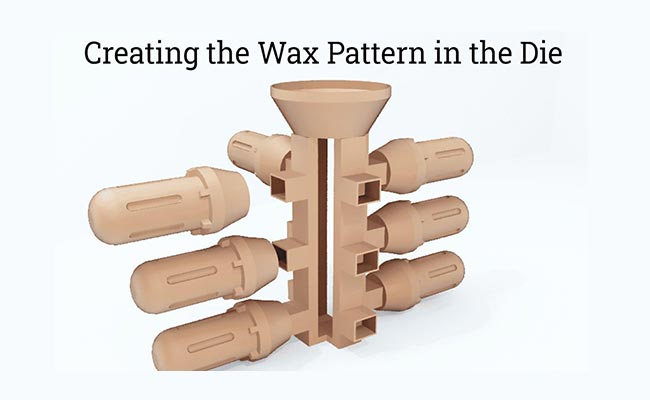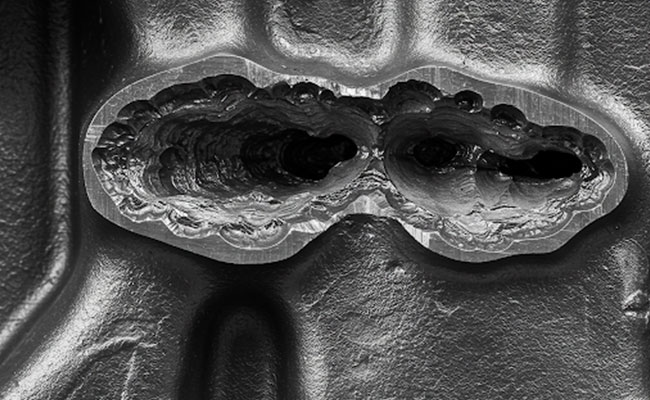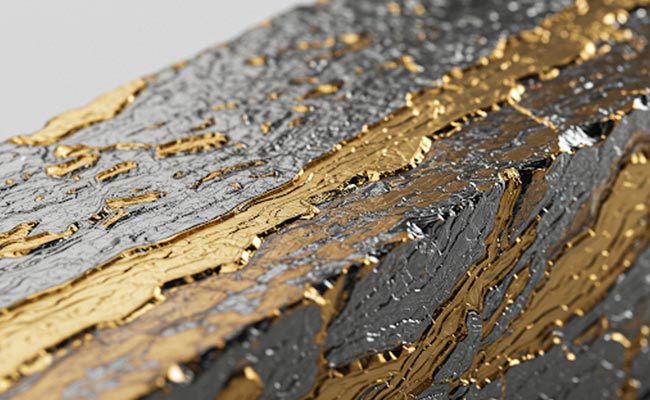
Benefits and challenges of investment casting 1
2025-10-20
How does molten metal solidify in casting foundry Part One
2025-11-04Challenges of Investment Casting
Higher Cost for Low Volume
The tooling (wax and ceramic molds) can be expensive and time-consuming to create, making the process less economical for small production runs.
Longer Lead Times
Compared to processes like sand casting or forging, investment casting has longer cycle times due to mold preparation and pattern creation.
Size Limitations
Investment casting is generally more suitable for small to medium-sized components. Very large parts may be cost-prohibitive or technically challenging to produce.
Brittle Ceramic Shell
The ceramic shell used in the process is fragile and can crack if not handled properly, leading to defects or failed casts.
High Skill Requirement
The process demands skilled labor and precise control over temperature, materials, and handling to ensure quality results.
Environmental and Health Concerns
The process involves handling of wax, ceramics, and sometimes hazardous materials, requiring proper safety protocols and waste management.
Conclusion
Investment casting is a valuable process for manufacturing complex, high-precision components with excellent surface quality. However, its economic and technical considerations—especially in tooling cost and production time—mean it is best suited for applications where quality and precision outweigh volume and speed.




